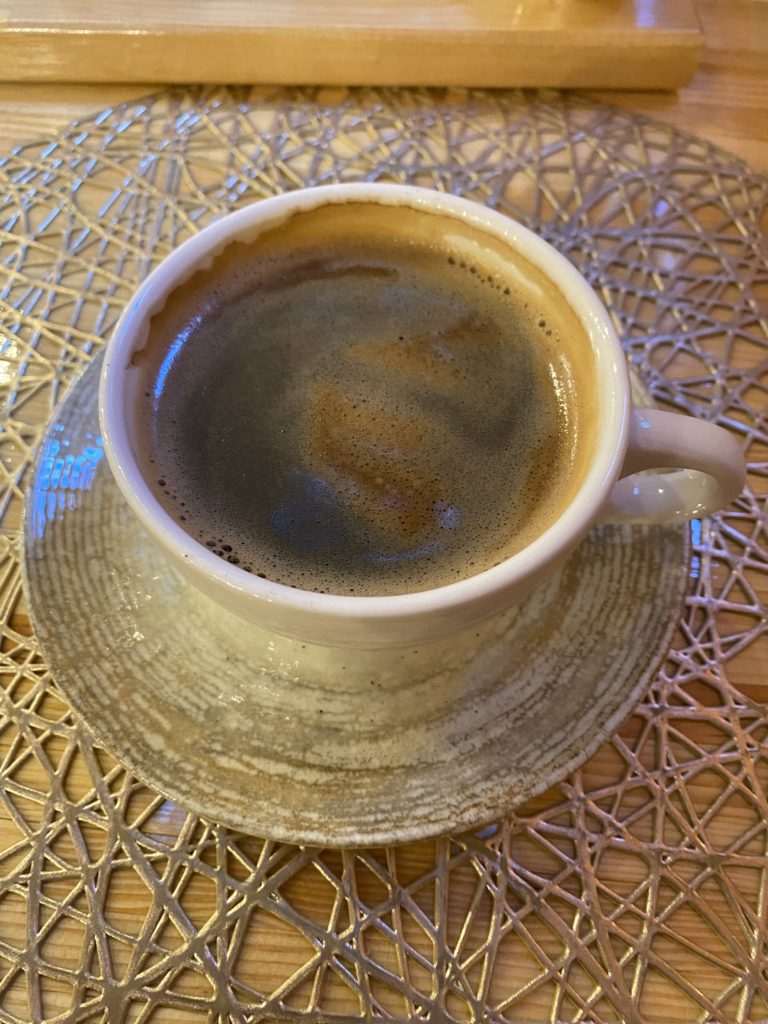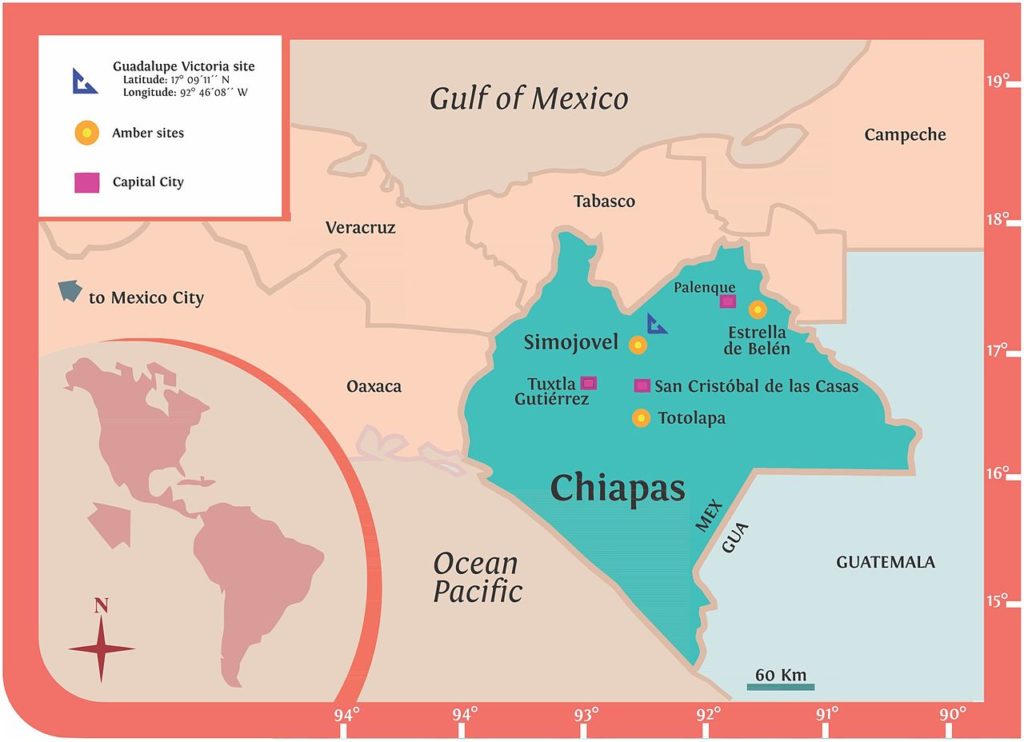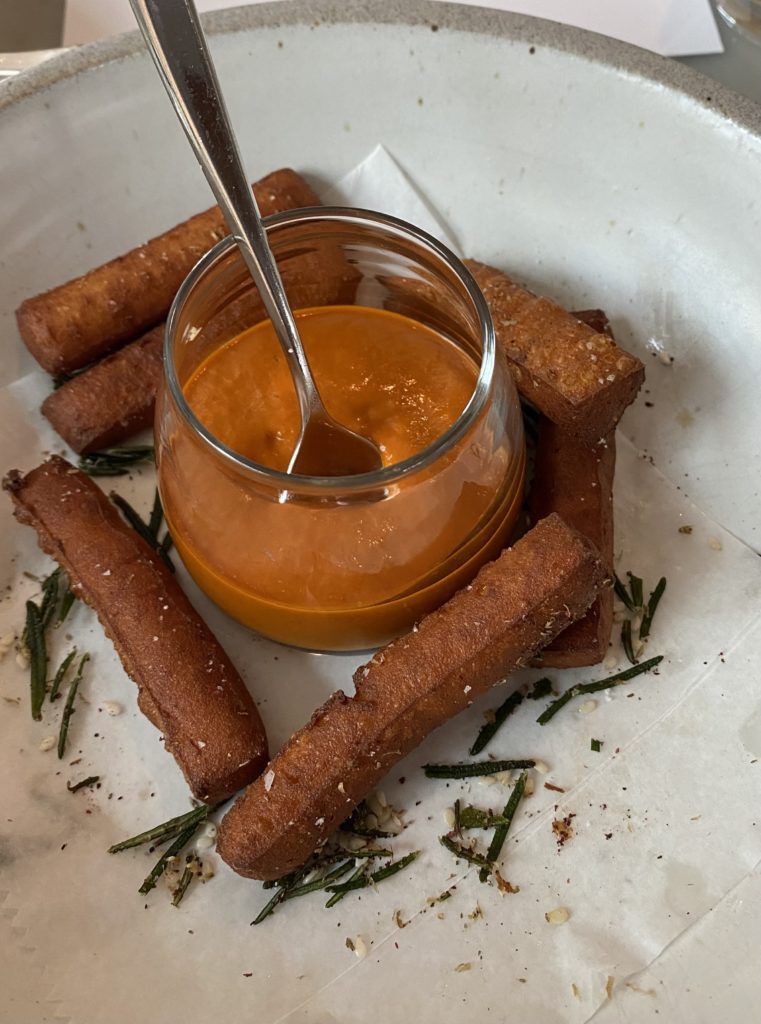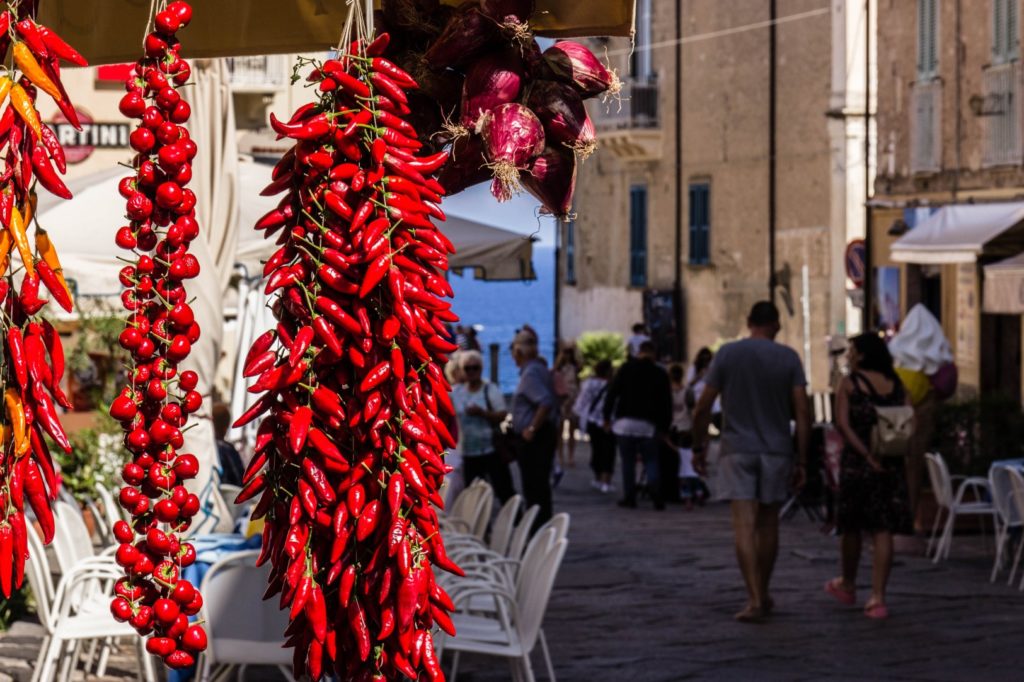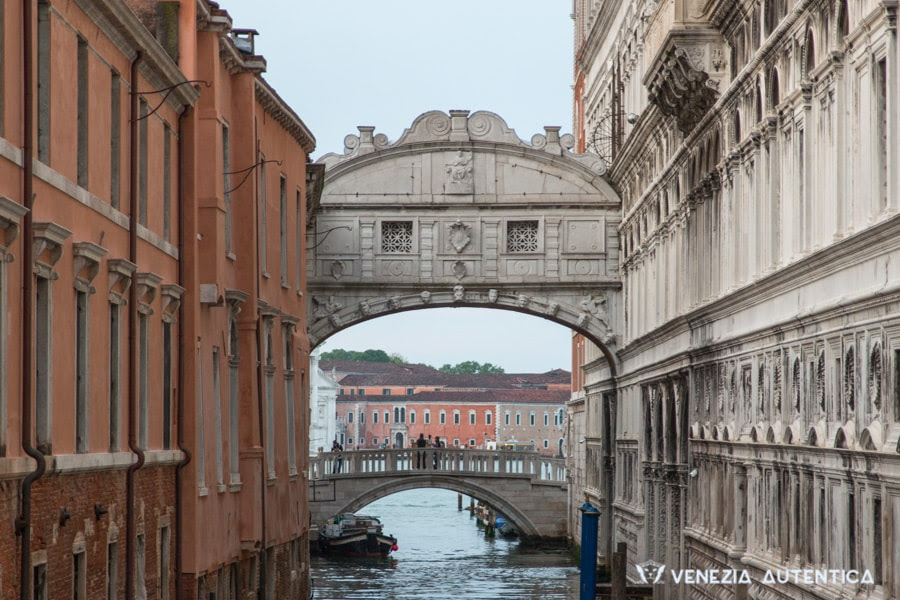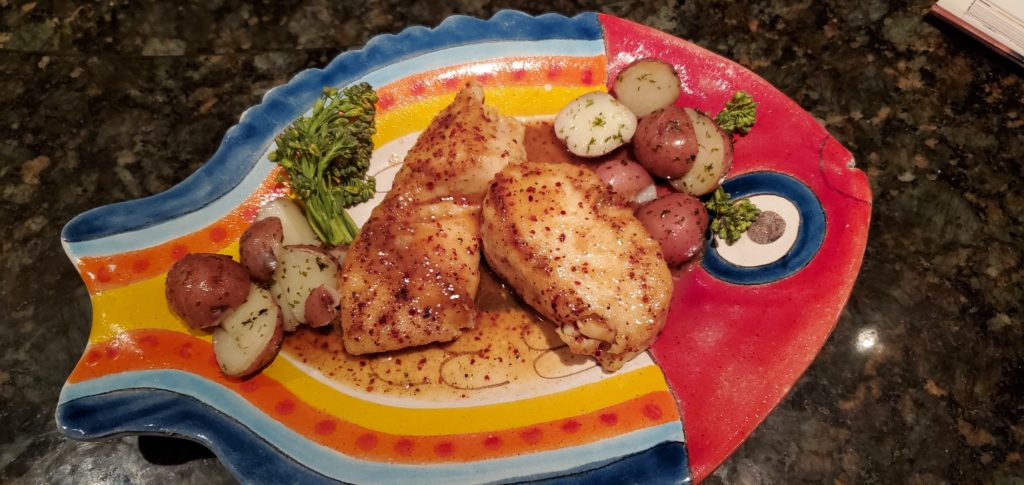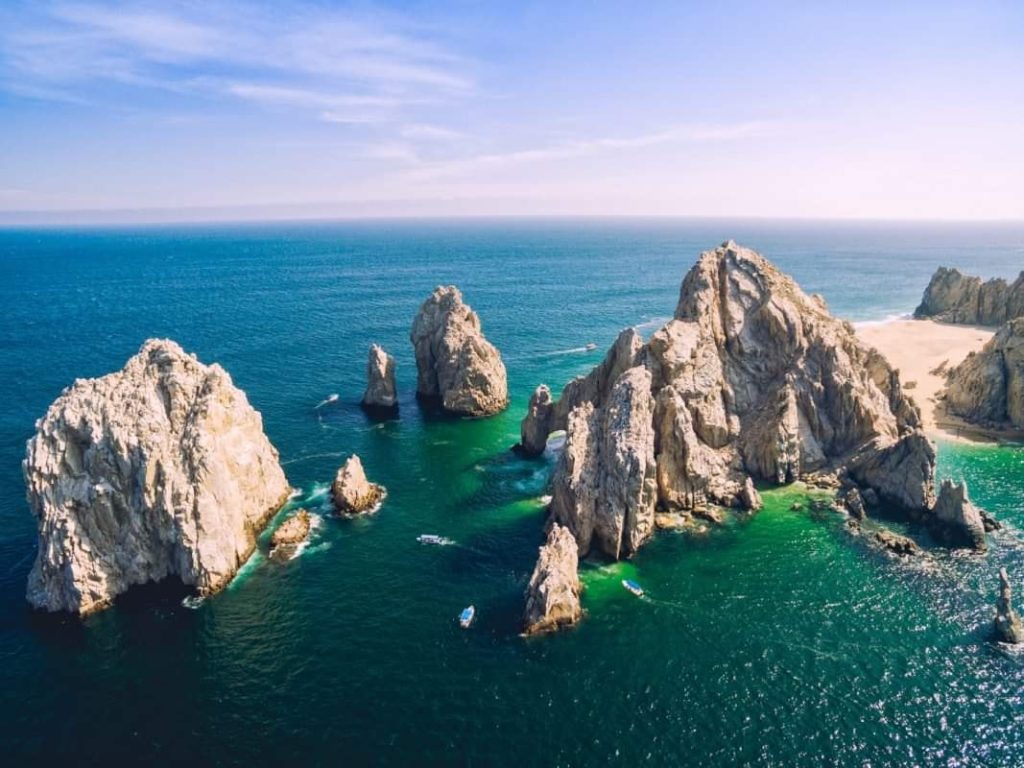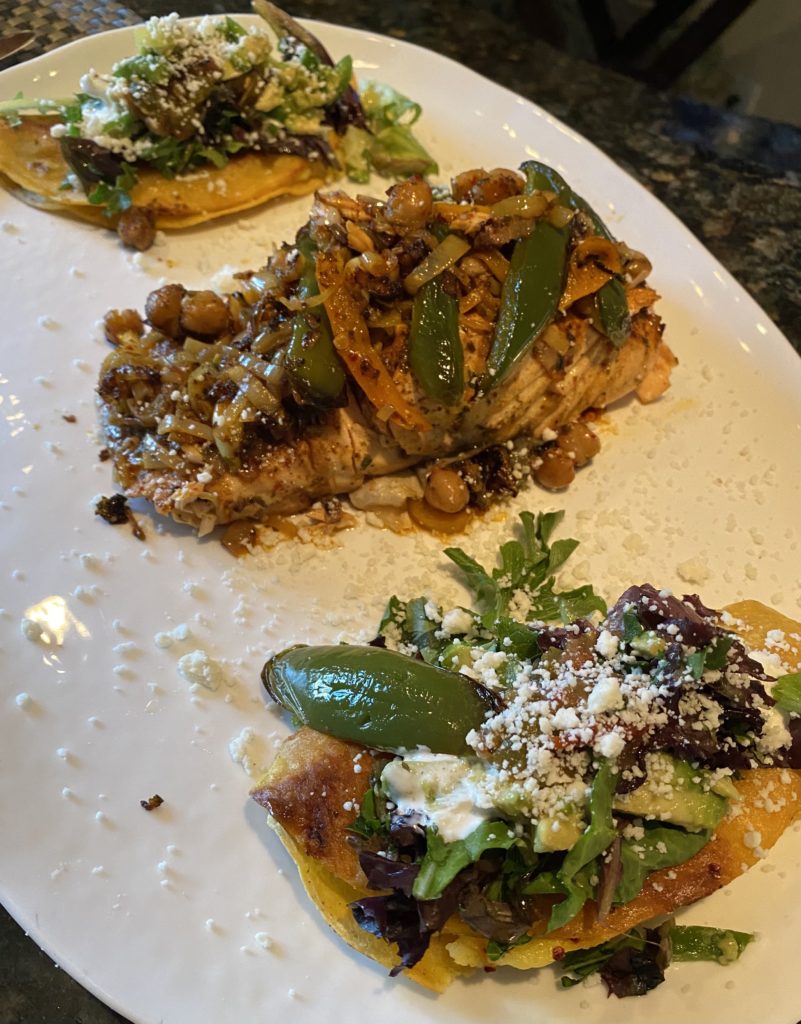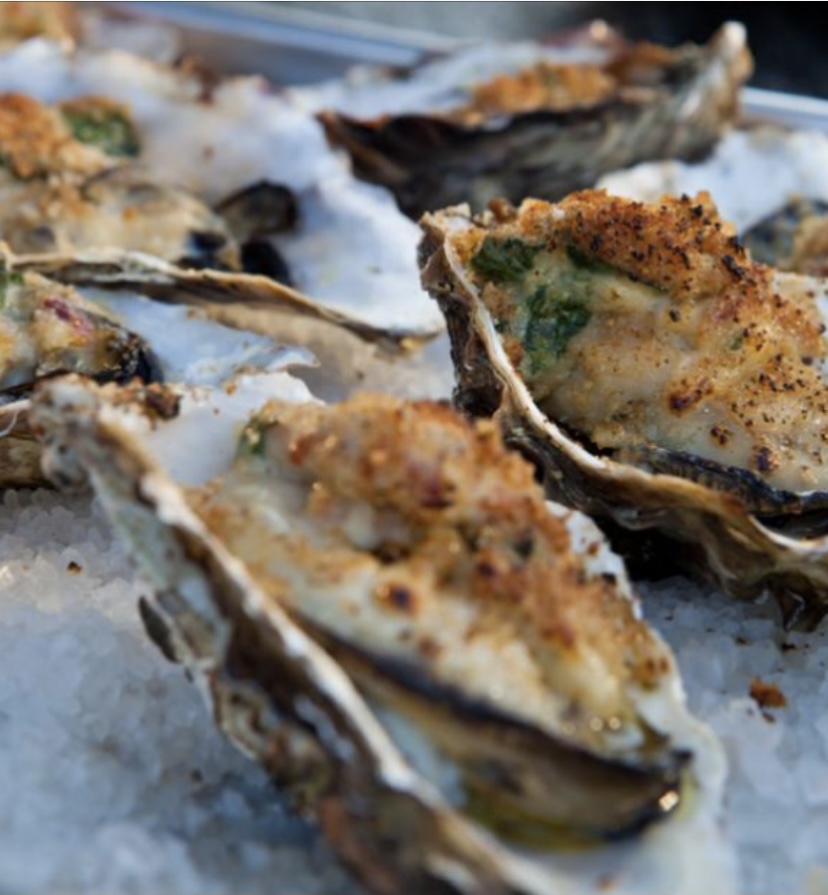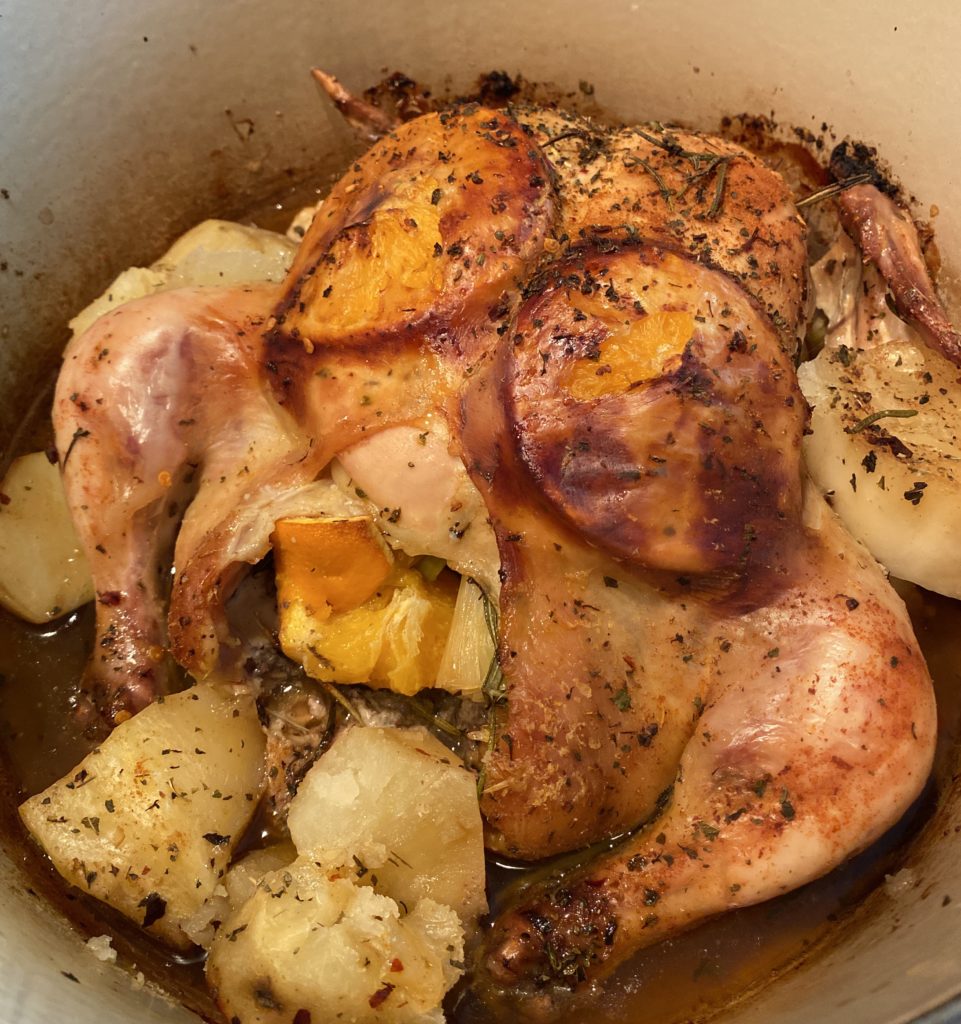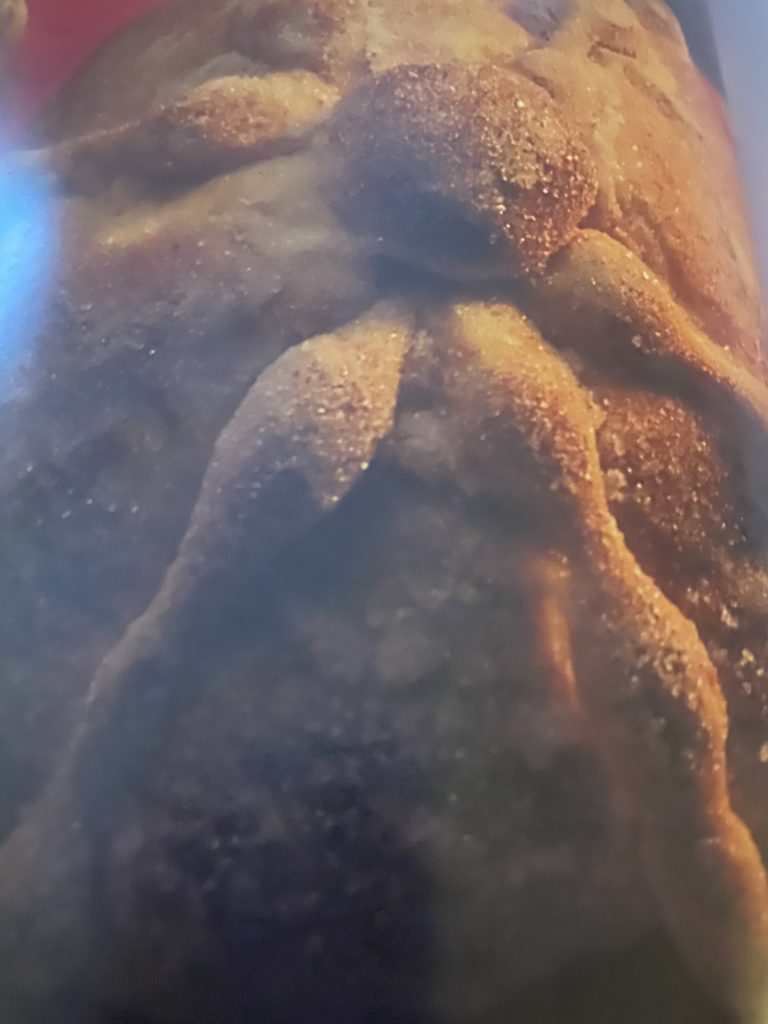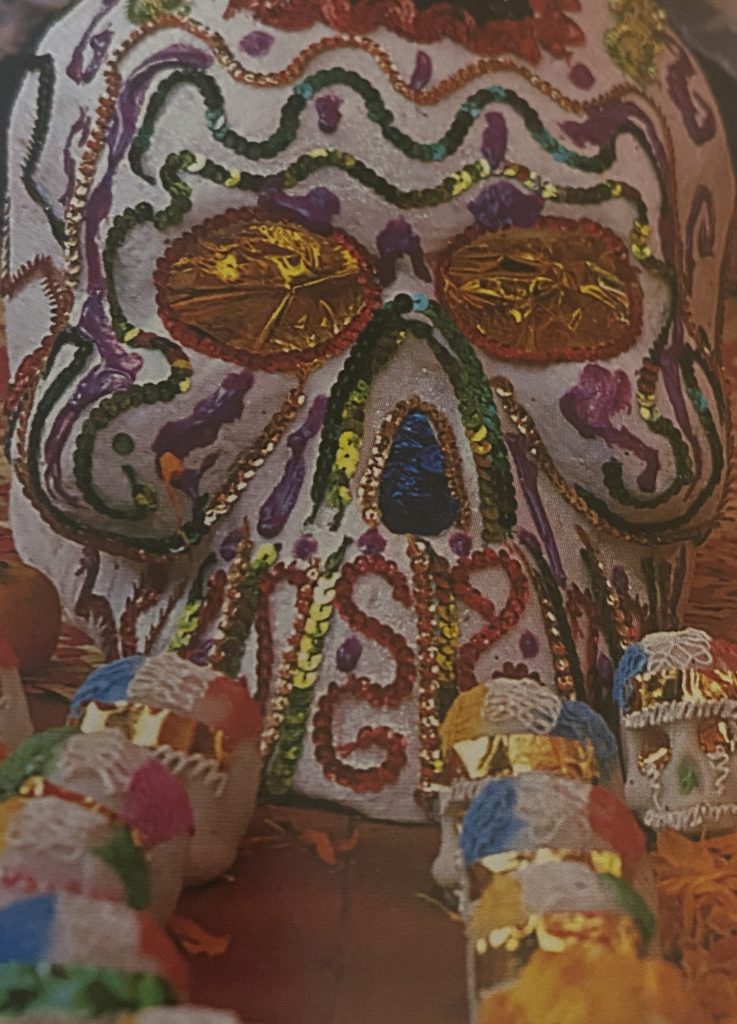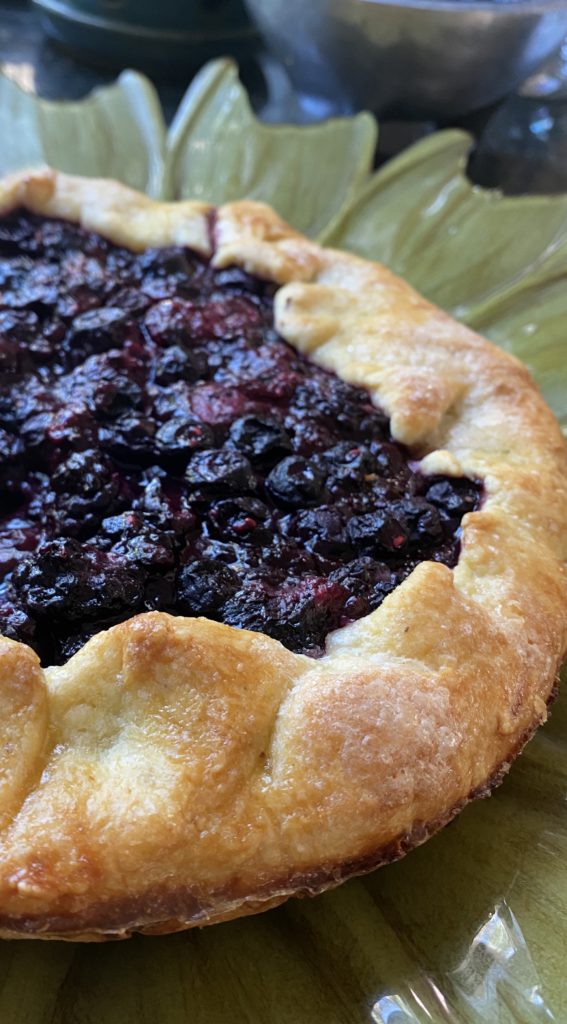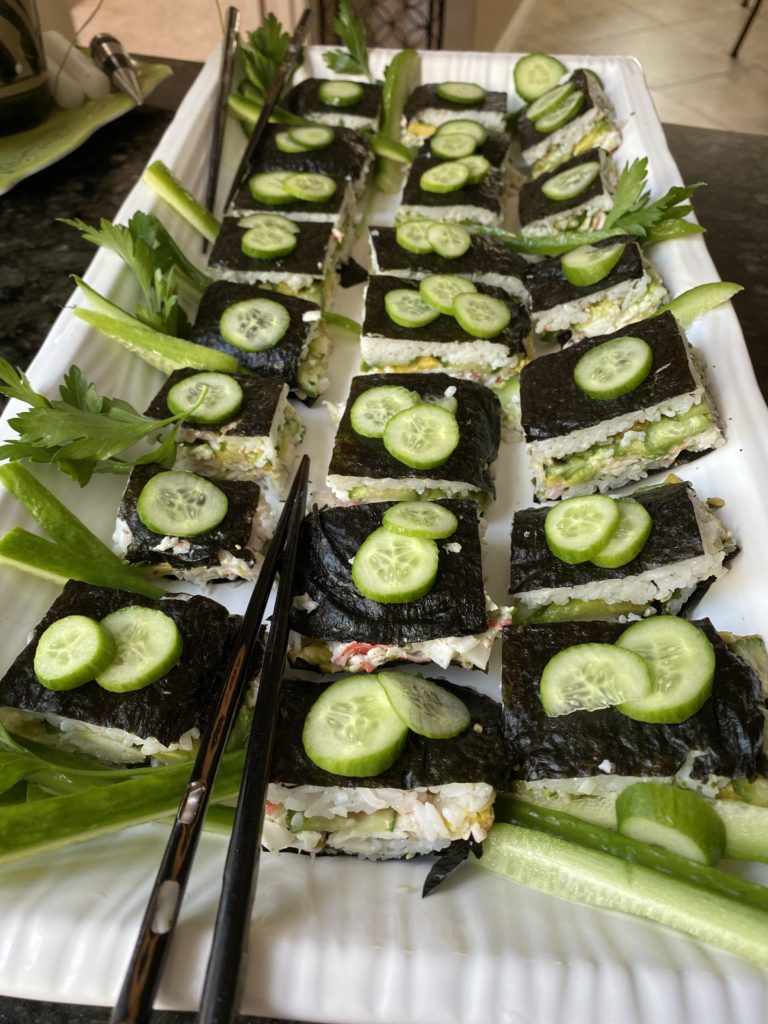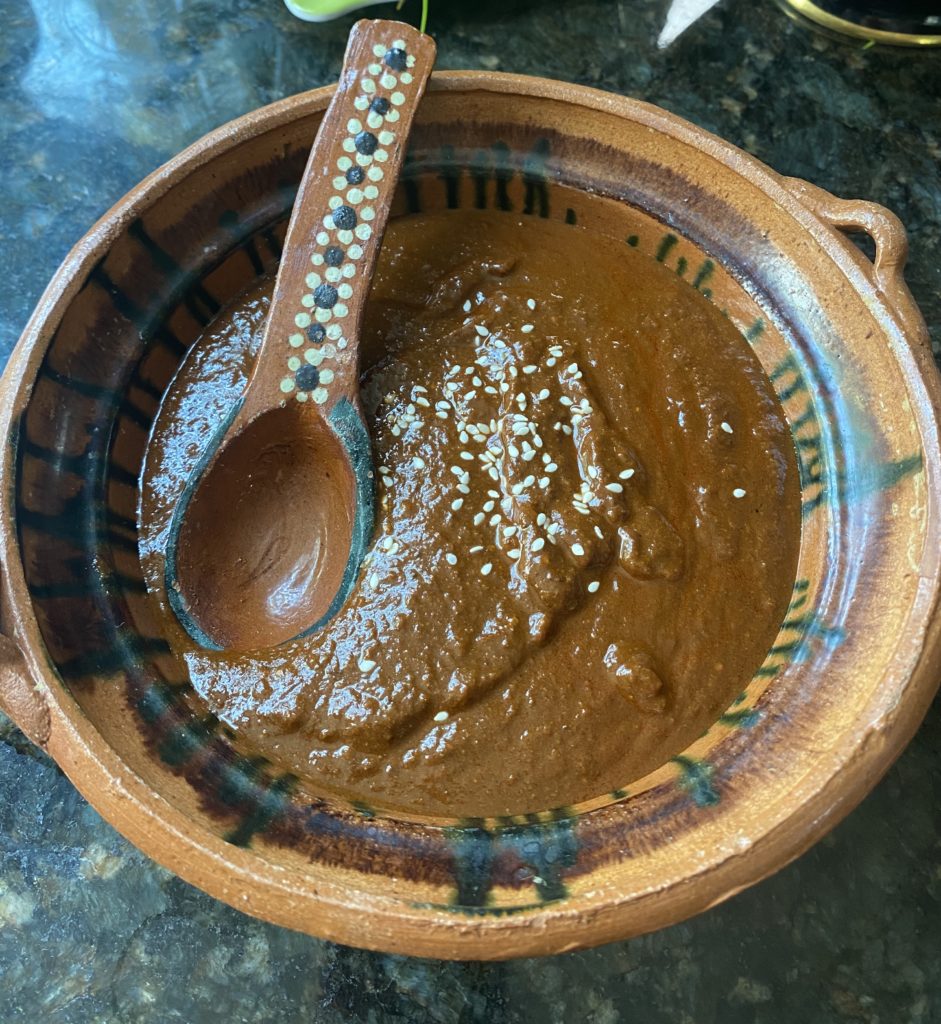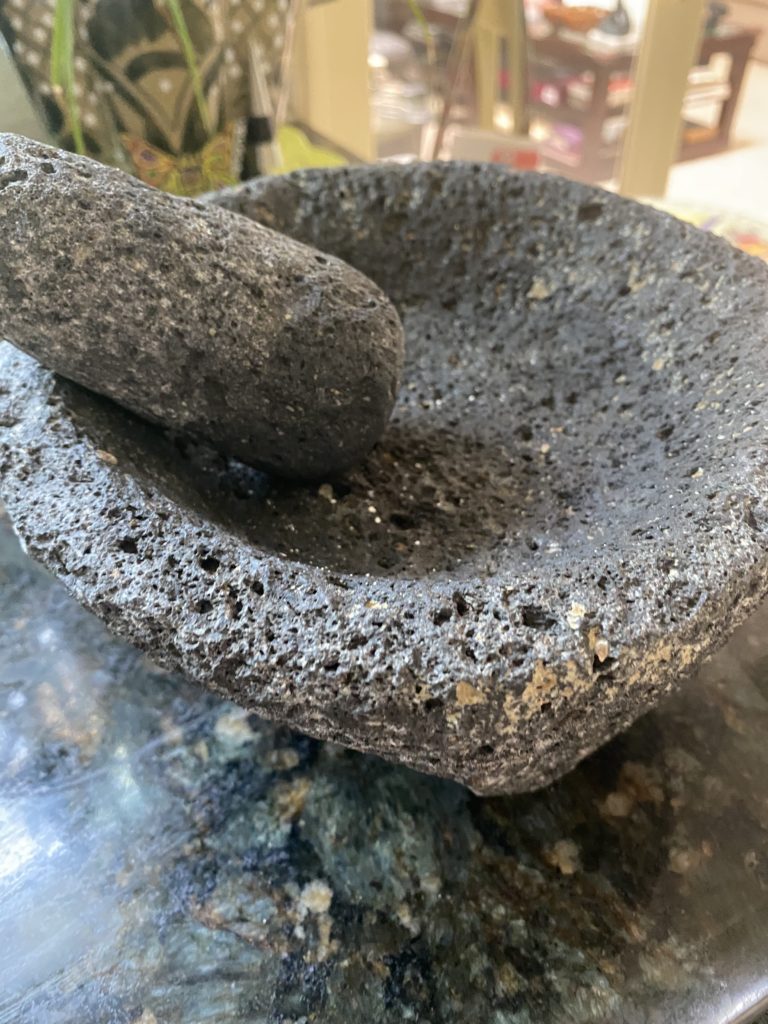To be able to love and protect the land where we live, one needs to know the history, culture and nature where it grows… In the middle of the highest mountains covered with a great amount of vegetation and sources, exists a magical town called Malinalco, where its orchards are surrounded by a high amount of fruit trees and the fields take advantage of great indispensable products such as “coffee beans.”
Coffee is in the heart of this town where presently coffee has evolved into an inspiration for “Mexico magic.”
As a lover of coffee – there is no doubt practice makes a master. So, when I think of coffee in the imagination we go to the south east of the country – Chiapas, Mexico!
Walking through San Cristobal de las Casas, a highland town in Chiapas, as we enjoyed the sound of a marimba, I fell in love while sipping a magical coffee cup or a coffee martini.
Chiapas Amber
My inner self led me to find out about Chiapas amber with purpose so I could feel their wonderful energies. I spent time during our trip thinking “Chiapas Amber!” Intuitively….. It has ended up being one of the most beautiful stones I’ve worn and seen. It tends to have an Ancient Mayan Tribal vibe to it….. It is interestingly coupled with some sort of “Happy” and “Sunny” vibe.
My bracelet given by my love is a gorgeous cognac colored and highly Protective, too!

